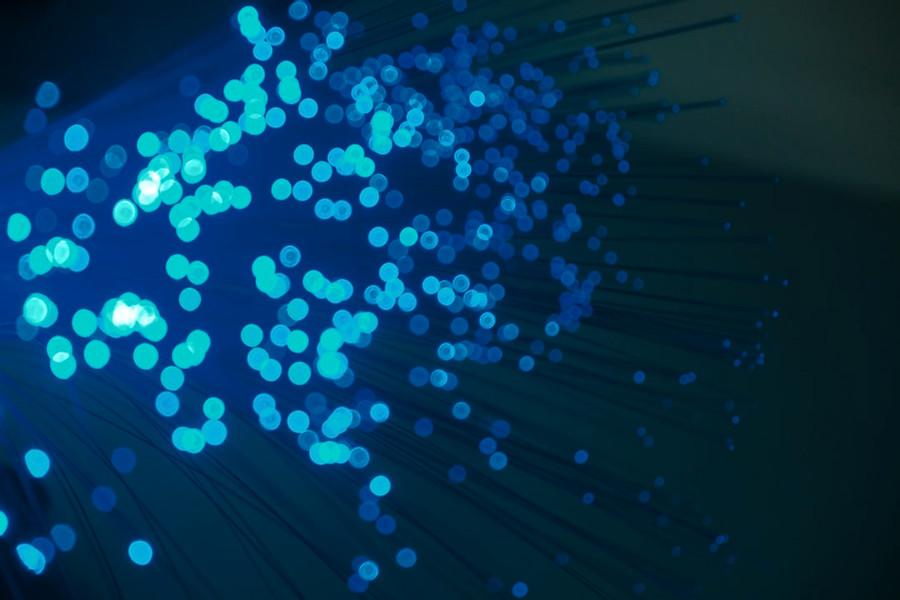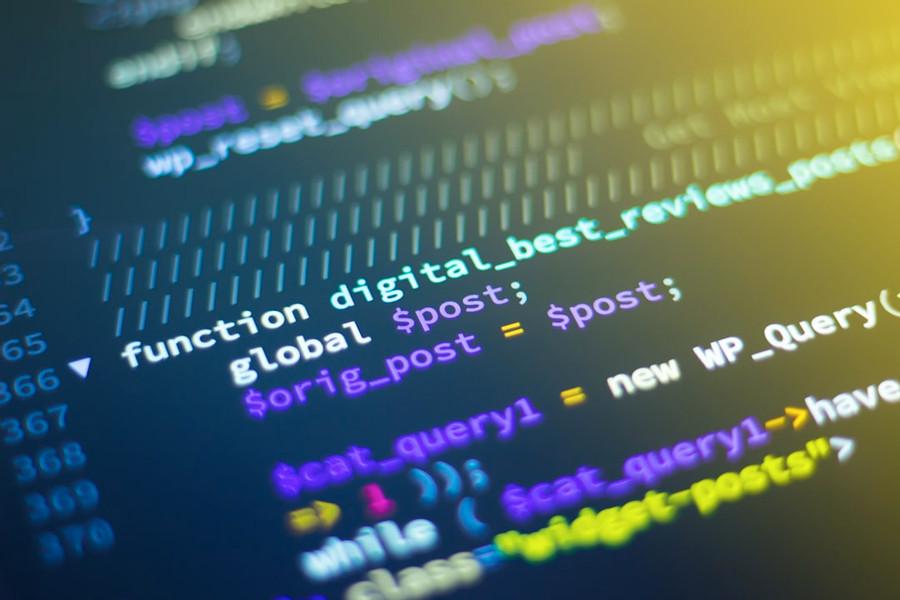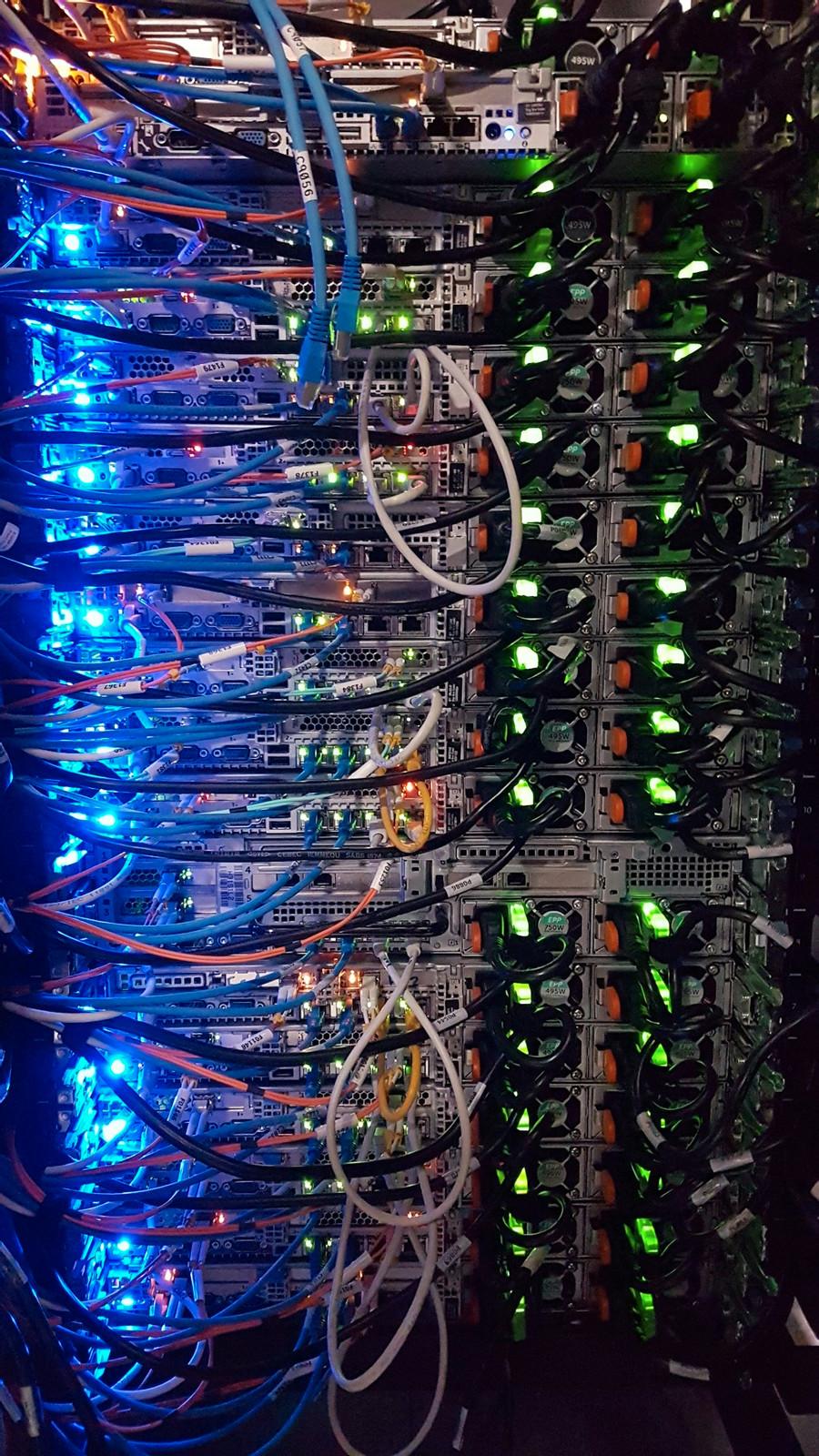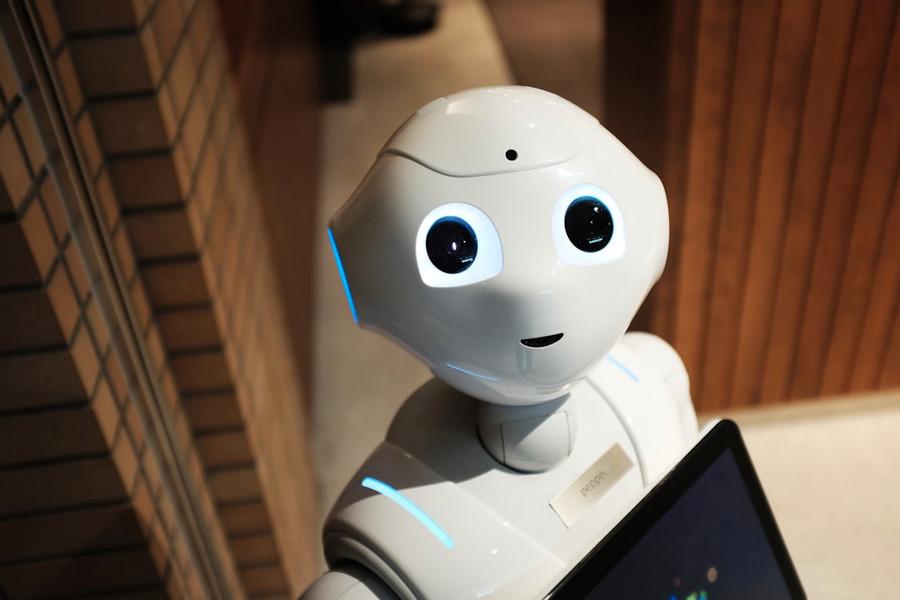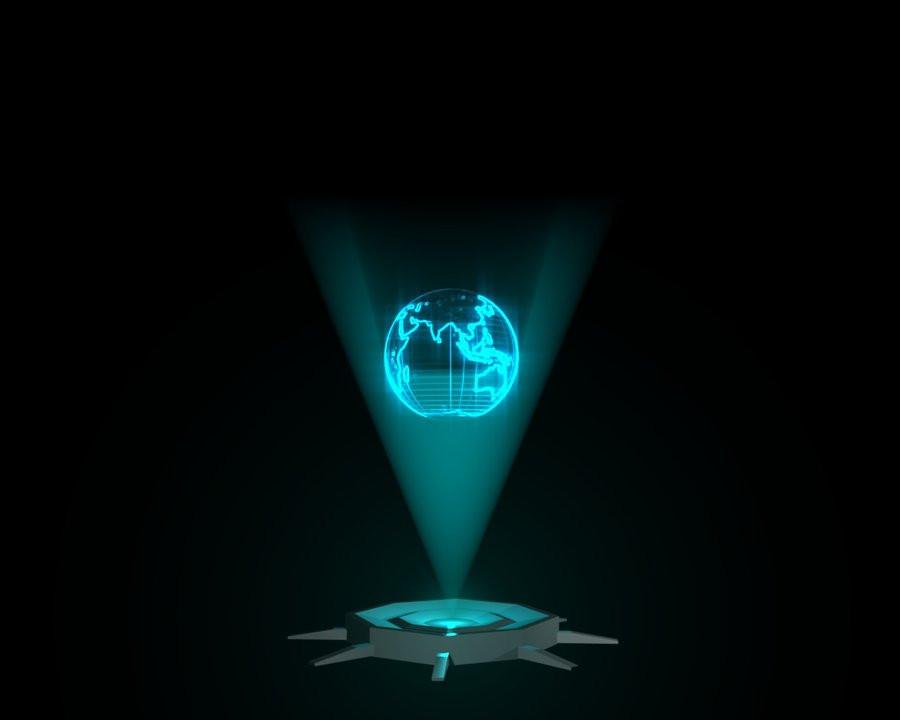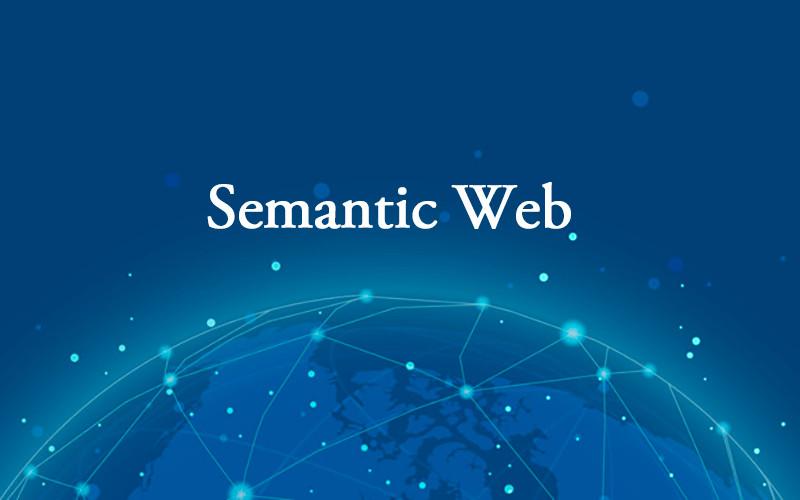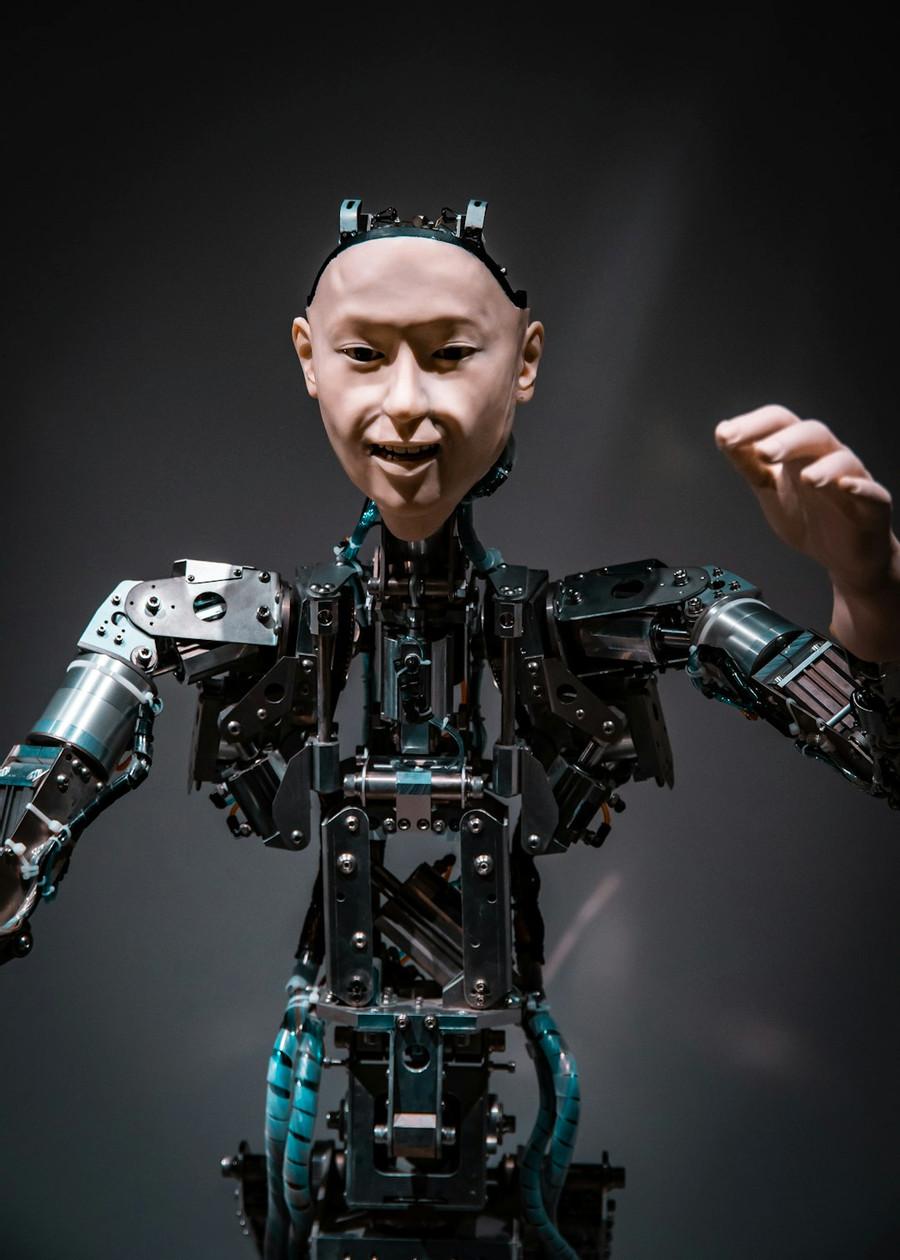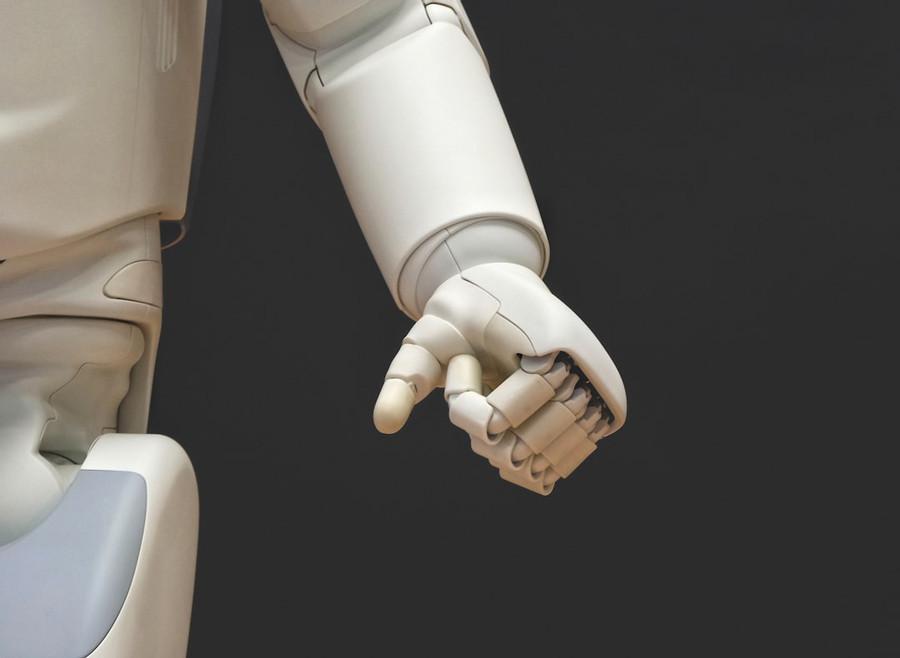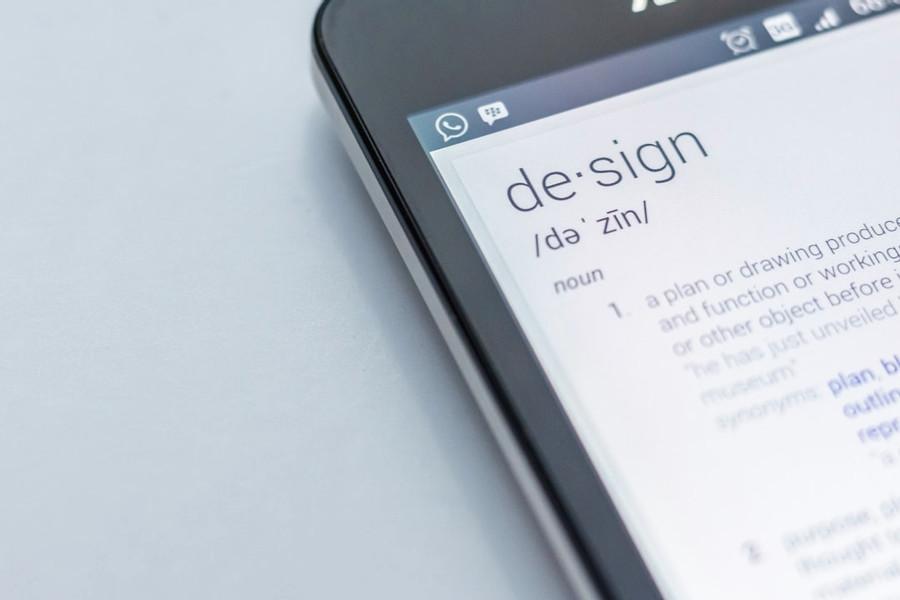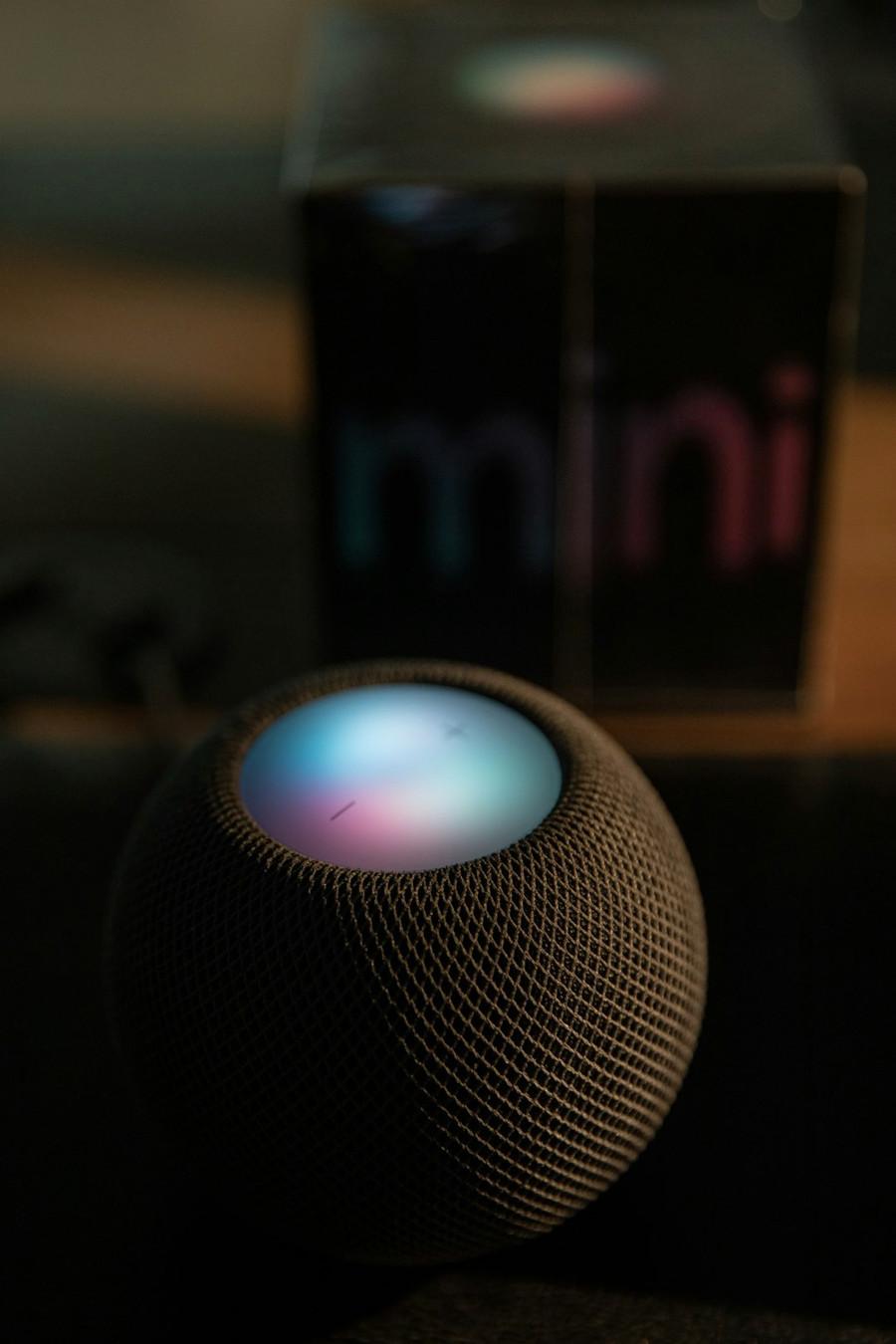All About Web 3.0
Curated from: unboxingspace21.blogspot.com
Ideas, facts & insights covering these topics:
25 ideas
·36.8K reads
150
10
Explore the World's Best Ideas
Join today and uncover 100+ curated journeys from 50+ topics. Unlock access to our mobile app with extensive features.
Web 3.0
Imagine a new type of internet that not only accurately interprets what you input, but actually understands everything you convey, whether through text, voice, or other media, one where all content you consume is more tailored to you than ever before. We are at the tipping point of a new phase in the web’s evolution. Some early pioneers call it Web 3.0.
Arguably, there are a few early-stage Web 3.0 applications that already exist today, but until the new internet becomes fully embedded in the web infrastructure, their true potential cannot be observed.
389
3.54K reads
Definition: What Is Web 3.0?
Web 3.0 is the upcoming third generation of the internet where websites and apps will be able to process information in a smart human-like way through technologies like machine learning (ML), Big Data, decentralized ledger technology (DLT), etc. Web 3.0 was originally called the Semantic Web by World Wide Web inventor Tim Berners-Lee and was aimed at being a more autonomous, intelligent, and open internet.
402
3.07K reads
The Web 3.0 definition can be expanded as follows:
Data will be interconnected in a decentralized way, which would be a huge leap forward to our current generation of the internet (Web 2.0), where data is mostly stored in centralized repositories. Furthermore, users and machines will be able to interact with data. But for this to happen, programs need to understand information both conceptually and contextually. With this in mind, the two cornerstones of Web 3.0 are semantic web and artificial intelligence (AI).
395
2.59K reads
Web 3.0, Cryptocurrency and Blockchain
As Web 3.0 networks will operate through decentralized protocols — the founding blocks of blockchain and cryptocurrency technology — we can expect to see a strong convergence and symbiotic relationship between these three technologies and other fields. They will be interoperable, seamlessly integrated, automated through smart contracts, and used to power anything from microtransactions in Africa, censorship-resistant P2P data file storage and sharing with applications like Filecoin, to completely changing every company conduct and operate their business.
385
2.16K reads
Web 3.0 Technologies:
There are a few details that we need to keep in mind when looking into Web 3.0 tech. First of all, the concept isn’t new. Jeffrey Zeldman, one of the early developers of Web 1.0 and 2.0 applications, had written a blog post putting his support behind Web 3.0 back in 2006. But talks around this topic had begun as early as 2001.
379
1.86K reads
Evolution of the Web 3.0 Technologies:
Web 3.0 will be born out of a natural evolution of older-generation web tools combined with cutting-edge technologies like AI and blockchain, as well the interconnection between users and increasing internet usage. Apparently, Internet 3.0 is an upgrade to its precursors: web 1.0 and 2.0.
375
1.8K reads
Web 1.0 (1989-2005):
Web 1.0, also called the Static Web, was the first and most reliable internet in the 1990s despite only offering access to limited information with little to no user interaction. Back in the day, creating user pages or even commenting on articles weren’t a thing.
Web 1.0 didn't have algorithms to sift internet pages, which made it extremely hard for users to find relevant information. Simply put, it was like a one-way highway with a narrow footpath where content creation was done by a select few and information came mostly from directories.
380
1.55K reads
Web 2.0 (2005-present):
The Social Web, or Web 2.0, made the internet a lot more interactive thanks to advancements in web technologies like Javascript, HTML5, CSS3, etc., which enabled startups to build interactive web platforms such as YouTube, Facebook, Wikipedia, and many more.
This paved the way for both social networks and user-generated content production to flourish since data can now be distributed and shared between various platforms and applications.
The set of tools in this internet era was pioneered by a number of web innovators like the aforementioned Jeffrey Zeldman.
383
1.42K reads
Web 3.0 (yet to come)
Web 3.0 is the next stage of the web evolution that would make the internet more intelligent or process information with near-human-like intelligence through the power of AI systems that could run smart programs to assist users.
Tim Berners-Lee had said that the Semantic Web is meant to "automatically" interface with systems, people, and home devices. As such, content creation and decision-making processes will involve both humans and machines. This would enable the intelligent creation and distribution of highly-tailored content straight to every internet consumer.
386
1.39K reads
Key Features of Web 3.0:
To really understand the next stage of the internet, we need to take a look at the four key features of Web 3.0:
- Ubiquity
- Semantic Web
- Artificial Intelligence
- 3D Graphics
393
1.45K reads
(1)Ubiquity
Ubiquity means being or having the capacity to be everywhere, especially at the same time. In other words, omnipresent. In that sense, Web 2.0 is already ubiquitous since, for instance, a Facebook user can instantly capture an image and share it, which then becomes ubiquitous since it's available to anyone no matter where they are, as long as they have access to the social media platform.
383
1.38K reads
(2) Ubiquity
Web 3.0 simply takes this a step further by making the internet accessible to everyone anywhere, at any time. At some point, internet-connected devices will no longer be concentrated on computers and smartphones like in Web 2.0 since IoT (Internet of Things) technology will bring forth a plethora of new types of smart devices.
380
1.3K reads
(1)Semantic Web:
Semantic(s) is the study of the relationship between words. Therefore, the Semantic Web, according to Berners-Lee, enables computers to analyze loads of data from the Web, which includes content, transactions, and links between persons. In practice, how would this look? Let’s take these two sentences, for instance:
- I love Bitcoin
- I
Their syntax may be different, but their semantics are pretty much the same since semantics only deals with the meaning or emotion of the content.
382
1.28K reads
(2)Semantic Web:
Applying semantics in the Web would enable machines to decode meaning and emotions by analyzing data. Consequently, internet users will have a better experience driven by enhanced data connectivity.
378
1.23K reads
(1)Artificial Intelligence:
Wikipedia defines AI as intelligence demonstrated by machines. And since Web 3.0 machines can read and decipher the meaning and emotions conveyed by a set of data, it brings forth intelligent machines. Although Web 2.0 presents similar capabilities, it is still predominantly human-based, which opens up room for corrupt behaviors such as biased product reviews, rigged ratings, etc.
378
1.15K reads
(2)Artificial Intelligence:
For instance, online review platforms like Trustpilot provide a way for consumers to review any product or service. Unfortunately, a company can simply gather a large group of people and pay them to create positive reviews for its undeserving products. Therefore, the internet needs AI to learn how to distinguish the genuine from the fake in order to provide reliable data.
375
1.1K reads
(3)Artificial Intelligence:
Google’s AI system recently removed around 100,000 negative reviews of the Robinhood app from the Play Store following the Gamespot trading debacle when it detected attempts of rating manipulation intended to artificially downvote the app. This is AI in action, which will soon seamlessly fit into Internet 3.0, enabling blogs and other online platforms to sift data and tailor them to each user's liking. As AI advances, it will ultimately be able to provide users with the best filtered and unbiased data possible.
379
1.1K reads
Spatial Web and 3D Graphics
Some futurists also call Web 3.0 the Spatial Web as it aims to blur the line between the physical and the digital by revolutionizing graphics technology, bringing into clear focus three-dimensional (3D) virtual worlds.
Unlike their 2D counterparts, 3D graphics bring a new level of immersion not only in futuristic gaming applications like Decentraland, but also in other sectors like real estate, health, e-commerce, and many more.
377
1.06K reads
Web 3.0 Applications
A common requirement for a Web 3.0 application is the ability to digest large-scale information and turn it into factual knowledge and useful executions for users. With that being said, these applications are still at their early stages, which means that they have a lot of room for improvement and are a far cry from how Web 3.0 apps could potentially function.
Some of the companies that are building or have products that they are transforming into Internet 3.0 applications are Amazon, Apple, and Google. Two examples of applications that utilize Web 3.0 technologies are Siri and Wolfram Alpha.
378
971 reads
Siri
Over the years, Apple’s voice-controlled AI assistant has grown more intelligent and has expanded its abilities since its first appearance in the iPhone 4S model. Siri uses speech recognition, along with artificial intelligence, to be able to perform complex and personalized commands.
Today, Siri and other AI assistants like Amazon’s Alexa and Samsung’s Bixby can understand requests such as “where is the nearest burger joint” or “book an appointment with Sasha Marshall at 8:00 am tomorrow” and immediately come up with the right information or action.
371
977 reads
Wolfram Alpha
Wolfram Alpha is a “computational knowledge engine” that answers your questions directly by computation, as opposed to giving you a list of web pages like search engines do. If you want a practical comparison, search “England vs brazil” on both Wolfram Alpha and Google and see the difference.
Google gives the results of the World Cup even if you didn’t include “football” as a keyword, since it is the most popular search. Alpha, on the other hand, would give you a detailed comparison of the two countries, as you asked. That’s the key difference between Web 2.0 and 3.0.
398
1.03K reads
(1)Closing Thoughts:
The new internet will provide a more personal and customized browsing experience, a smarter and more human-like search assistant, and other decentralized benefits that are hoped will help to establish a more equitable web. This will be achieved by empowering each individual user to become a sovereign over their data, and creating a richer overall experience thanks to the myriad of innovations that is to come once it is in place.
375
869 reads
(2)Closing Thoughts:
When Web 3.0 inevitably arrives — as hard as it is to fathom considering how smart devices have already changed our behavioral patterns — the internet will become exponentially more integrated into our daily lives.
We will see nearly all of today’s normally offline machines, from home appliances like ovens, vacuums, and refrigerators to all types of transport become part of the IoT economy, interacting with its autonomous servers and decentralized applications(DApps), advancing new digital realms like blockchain and digital asset to power a myriad of new tech “miracles” for the 21st century.
375
869 reads
What Ever May Get Invented in this World but One things can't be Replaced is Human. We Should Support the Development but don't Let it get Dominance on Us
SHIVRAJ PATIL
376
913 reads
Add-On
Hope You Enjoyed reading & Got some Impact-full Learnings from this article, If you Did then Hit the like button & put a comment. This helps us to work harder & Smarter Day by Day. & it motivates us to make this kind of content...
Now this Article is Available in Audio Format as Well, Also we are “AudioBook Media Center” now Available on All Popular Podcast Streaming Platforms Like:- Spotify, Apple Podcast, Google Podcast, Anchor, radiopublic, Pocket Casts & Breaker.
For Detailed Article visit Website: Click Here
© Copyright 2021-22, All Rights Reserved, Unboxing Space.
371
692 reads
IDEAS CURATED BY
Hi, Readers we are Unboxing Space here we do all kind of Tech videos, Unboxing, Review, Tips & Tricks, Information & so many interesting things. To watch our videos you can SUBSCRIBE to our channel & Blog so you don’t Miss any informative thing. by IGDM
CURATOR'S NOTE
As we Evolving very rapidly to words the Web 3.0 And we are entering into the world of Technology. So, it our responsibility to Know about it & Understand it’s working. Here is a Quick overview of It. Hope it will help you to understand it.
“
Unboxing Space's ideas are part of this journey:
Learn more about technologyandthefuture with this collection
Find out the challenges it poses
Learn about the potential impact on society
Understanding the concept of Metaverse
Related collections
Similar ideas
3 ideas
Top 10 Web 3.0 Trends and Predictions to Lookout for in 2022
analyticsinsight.net
6 ideas
19 ideas
Read & Learn
20x Faster
without
deepstash
with
deepstash
with
deepstash
Personalized microlearning
—
100+ Learning Journeys
—
Access to 200,000+ ideas
—
Access to the mobile app
—
Unlimited idea saving
—
—
Unlimited history
—
—
Unlimited listening to ideas
—
—
Downloading & offline access
—
—
Supercharge your mind with one idea per day
Enter your email and spend 1 minute every day to learn something new.
I agree to receive email updates

